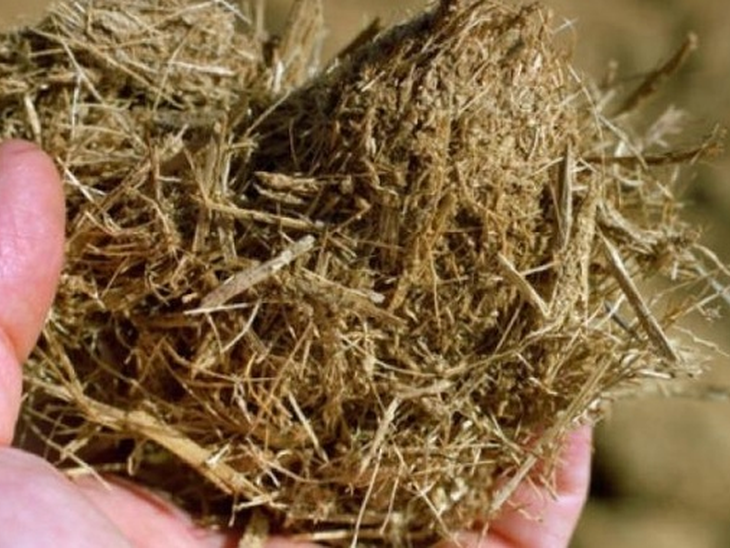Potential for biogas generation reaches 40% of Itaipu plant
T&B Petroleum/Press Office Unica
17/08/2020 23:07

According to the Research Center for Gas Innovation, if all the residues were used in the sugar-energy plants in the State of São Paulo, the potential for electricity generation with biogas would reach almost 32 TWh, 40% of all generation last year. Itaipu plant. The potential of this energy source was discussed in the webinar "Biogas and the Modernization of the Electric Sector", this Thursday (13), organized by the Union of the Sugarcane Industry (UNICA), the Association of the Cogeneration Industry of Energia (COGEN) and the Brazilian Biogas Association (ABiogás). The online seminar, which also included the participation of representatives from Raízen, Cocal and the Ministry of Mines Energy (MME), promoted a debate on the use of the potential of biogas in the sugar-energy sector and the impact of the process, in progress, of modernization of the Brazilian electric sector.
The president of UNICA, Evandro Gussi, who opened the event, highlighted the importance of modernizing the electricity sector so that the energy diversity that is seen in Brazil is not wasted. "We hear a lot about the expression 'energy option', but when we look a little more at this topic we realize that many times what seems to be an option, in fact, is the lack of it. It is the only way that certain nations have to solve the problem of energy demand. In Brazil, this is true. Here we can say that we have energy options and more and more others are emerging, with research and technology, solving problems for people and society ", he said.
Biogas is seen as an alternative for energy production in Brazil, as it is made from by-products of sugarcane and the production of ethanol and sugar, such as bagasse, filter cake, straw and vinasse. In addition to being used to produce bioelectricity, biogas can also be transformed into biomethane and used in the transport matrix, being an alternative to diesel.
"I see what we have already done in terms of cogeneration and the participation that we have in the Brazilian energy matrix, with the very low carbon footprint, is something impressive. But when I think about what has yet to happen and what the future holds for the sector, it is unthinkable anywhere else in the world ", commented Gussi.
"When observing only the residues from the production process, biogas works with a negative carbon footprint", added Alessandro Gardemann, president of ABiogás.
According to MME data, biogas production has increased considerably in Brazil, despite being far from reaching its full potential. In 2015, 1,373 thousand Nm³ / d of biogas were produced, in 2018 it was 3,111 thousand Nm³ / d. In the view of the productive sector, to encourage the expansion of production it would be necessary to incorporate the positive externalities of the source in the modernization of the Brazilian electric sector.
"Before, we had an electric sector very focused on generation and distribution. Today we see a structural change in this new electric sector, with new forms of generation, scale storage and the entry of electric vehicles. This all makes our sector change the configuration. There is an energy transition underway, in which decarbonisation is the big drive for new technologies, accompanied by security and energy efficiency and the expansion of the consumer's power of choice ", explains André Osório, director of the Information Department and Energy Studies at MME.
In 2019, bioenergy was responsible for 54.9 TWh, which corresponds to 9% of the Brazilian energy matrix last year, according to MME data. Of these, 67.1% came from bagasse and sugarcane straw, and only 2.1% came from biogas.
"We have to keep in mind that, with the country's economic development, society will increasingly demand electricity. And this generation needs to be neutral in relation to the emission of greenhouse gases. So the importance of stimulating projects and reducing the gap between the potential and the effective use of biogas in the sector ", comments Zilmar Souza, bioelectricity manager at UNICA.


